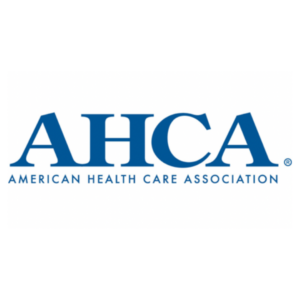Pioneer ACOs: Study finds savings without sacrifice of quality
Medicare beneficiaries receiving care in a Pioneer accountable care organization (ACO) model saw smaller increases in total Medicare expenditures compared with those receiving care via the traditional Medicare fee-for-service (FFS) model in the first two years of the Pioneer model, according to a newly published study in JAMA. The Pioneer model resulted in an estimated savings of approximately $385 million, according to the authors, who are releasing their results to coincide with a Centers for Medicare & Medicaid Services (CMS) announcement about the performance of the Pioneer ACO model.
CMS launched the Pioneer ACO model and the Medicare Shared Savings Program in 2012 as alternative payment approaches to the FFS model. In the Pioneer model, physicians and healthcare organizations assume collective responsibility for the cost and quality outcomes of a specified population of Medicare beneficiaries. Those Pioneer ACOs that have annual spending levels that are lower than a projected level can receive a portion of the difference between their spending and the projection in the form of shared savings with CMS, depending on how they perform on a set of 33 quality measures.
In the JAMA study, Rahul Rajkumar, MD, JD, of CMS, and colleagues studied care and costs related to Pioneer and traditional FFS beneficiaries and found that decreases in inpatient utilization among ACO-aligned beneficiaries were responsible for much of the results. Greater decreases in primary care evaluation and management office visits, and smaller increases in the use of tests, procedures and imaging services also played roles. No difference existed in all-cause readmissions within 30 days of discharge, but follow-up visits after hospital discharge increased more for ACO-aligned beneficiaries.
Also, compared with other Medicare beneficiaries, ACO-aligned beneficiaries reported higher average scores for timely care and for clinician communication. “Despite decreases in spending growth, results from this study and previously reported data on Pioneer ACOs’ performance on clinical quality measures suggest it is possible to reduce expenditure growth while maintaining or improving quality in a FFS payment environment,” the authors write.
Accompanying editorials
In an accompanying editorial, Lawrence P. Casalino, MD, PhD, of Weill Cornell Medical College, New York, notes that the savings realized is about four percent. “This amount may seem small, but if this rate of savings could be sustained, and achieved throughout a large part of the U.S. health care system, it would be more than enough to ‘bend the cost curve’ so that health care expenditures do not continue to increase as a percentage of the gross domestic product and the federal budget,” he writes.
It is possible, however, that early savings were realized through “relatively easy ways to control costs—and that the savings they generate will be much smaller, at best, in subsequent years. Alternatively, it may be that it will take time for ACOs to develop better processes to improve the care of their patients and that they will be able to continue to lower costs for years to come,” Casalino adds. The next five years will be telling as the number of ACO-like contracts between private insurers increases, he says.
In another editorial published with the study, Mark McClellan, MD, PhD, of The Brookings Institution, Washington, DC, writes: “Incorporating evaluations like this alongside the implementation of further ACO payment reforms would help ensure that many health care organizations do not end up in alternative payment models that are not improving care and also would provide more evidence that clinicians could use to succeed in ACOs.”

Lois A. Bowers was senior editor of I Advance Senior Care / Long-Term Living from 2013-2015.
Related Articles
Topics: Accountable Care Organizations (ACOs) , Medicare/Medicaid











